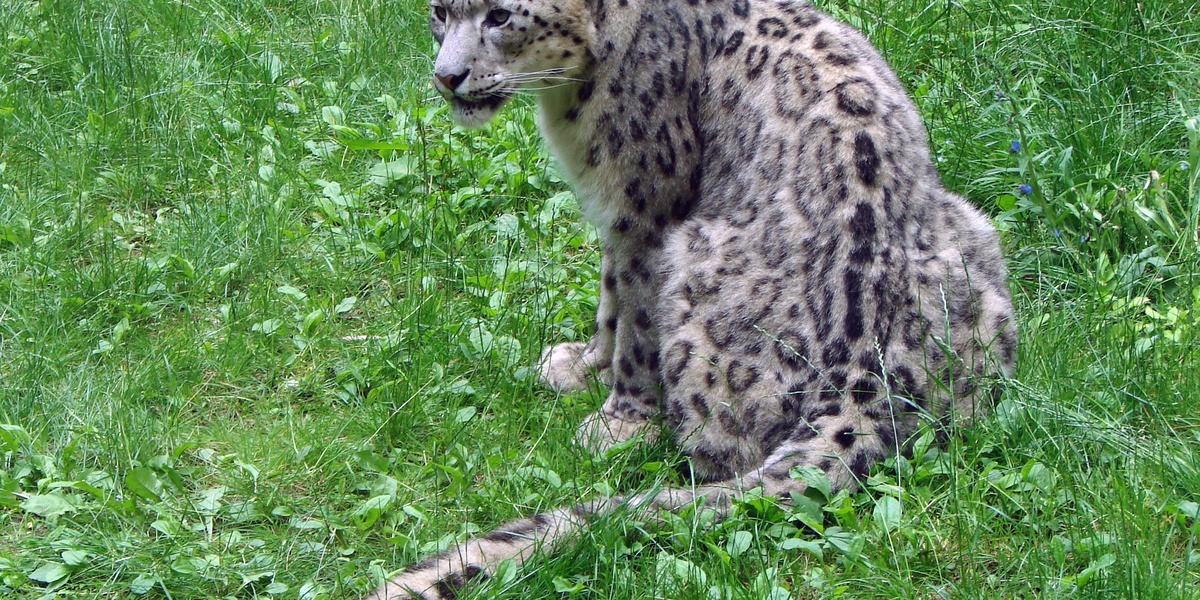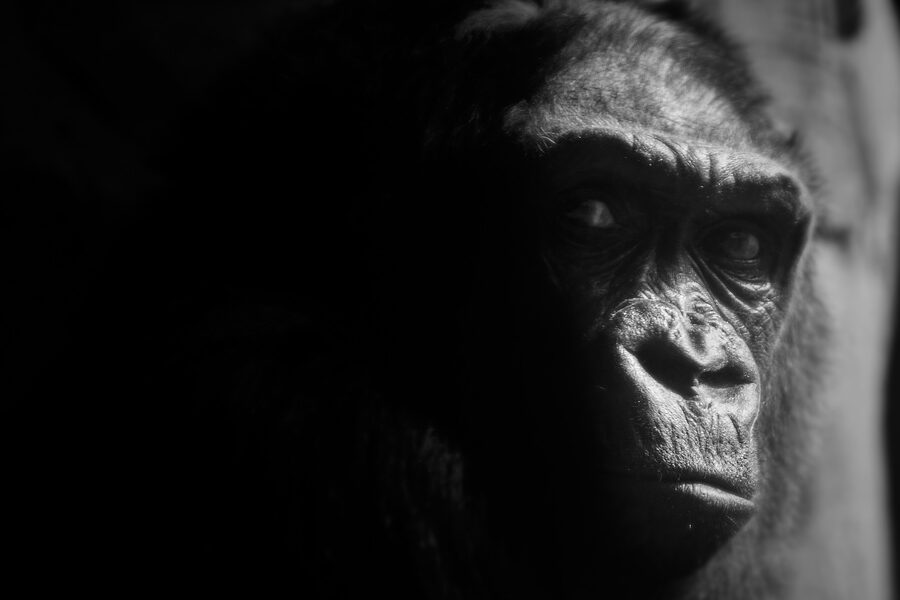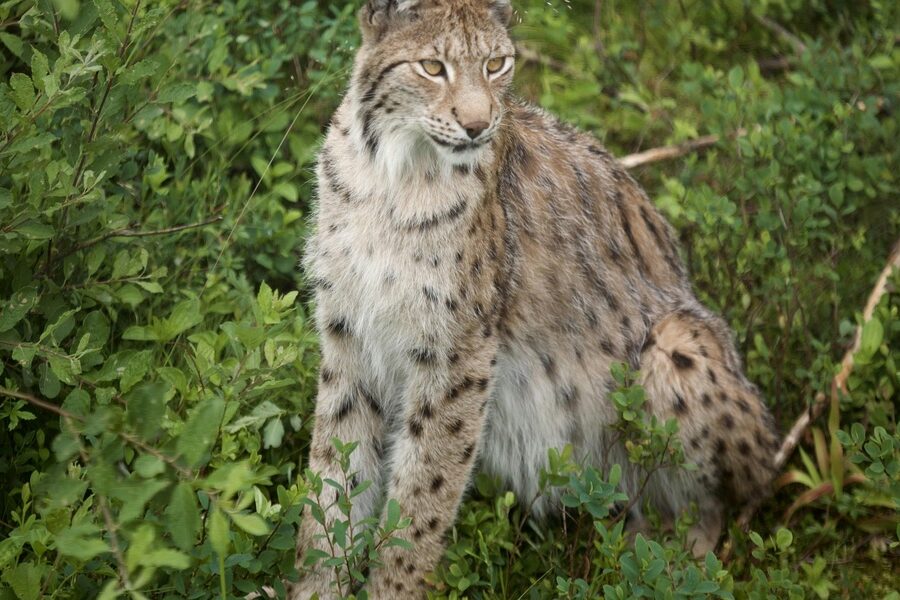Uzbekistan sits at the crossroads of Central Asia, with deserts, steppes, mountain ranges and wetlands that create a patchwork of habitats. That variety supports species that are uncommon elsewhere, many tied to specific elevations, wetlands or migratory routes.
There are 23 Rare Animals in Uzbekistan, ranging from Argali (mountain sheep) to Whooper swan. For each entry the columns are listed as Scientific name,Status,Where found to make taxonomy, conservation status and range clear; you’ll find the full list below.
How current are the conservation statuses listed here?
The statuses reflect recent IUCN assessments and national data where available, but conservation listings change as surveys are updated; check the date or source notes for each species and consult local conservation organizations for the latest field reports.
Where in Uzbekistan am I most likely to encounter these rare species?
Look to specific habitat hotspots—mountain ranges and foothills for species like the Argali, wetlands and lakes for waterbirds such as the Whooper swan, and isolated desert or steppe pockets for others; seasonal migration and protected reserves increase the chances of sightings, so visit at the right season and follow local guidance.
Rare Animals in Uzbekistan
| Common name | Scientific name | Status | Where found |
|---|---|---|---|
| Saiga antelope | Saiga tatarica | CR; Uzbek Red Book: Critically Endangered | Ustyurt plateau, Kyzylkum deserts, western Uzbekistan |
| Kulan (Asiatic wild ass) | Equus hemionus | NT; Uzbek Red Book: Reintroduced/listed | Kyzylkum, Ustyurt, Nuratau foothills, protected reserves |
| Bukhara deer | Cervus elaphus | LC (subsp. EN); Uzbek Red Book: Endangered | Amu Darya riparian “tugai” forests, Surxondaryo, Khorezm |
| Pallas’s cat | Otocolobus manul | NT; Uzbek Red Book: Listed | Kyzylkum desert, rocky foothills, central Uzbekistan |
| Striped hyena | Hyaena hyaena | NT; Uzbek Red Book: Listed | southern deserts, foothills, Zarafshan valley |
| Eurasian otter | Lutra lutra | NT; Uzbek Red Book: Listed | Amu Darya, Syr Darya, riparian marshes and reservoirs |
| Goitered gazelle | Gazella subgutturosa | VU; Uzbek Red Book: Listed | Kyzylkum, desert steppe reserves and open plains |
| Argali (mountain sheep) | Ovis ammon | NT; Uzbek Red Book: Listed | Tien Shan and Pamir-alai ranges along eastern Uzbekistan |
| Saker falcon | Falco cherrug | EN; Uzbek Red Book: Protected | open steppe, Kyzylkum, nesting cliffs and migration routes |
| Houbara bustard | Chlamydotis macqueenii | VU; Uzbek Red Book: Listed | Kyzylkum desert, arid plains and dunes |
| White-headed duck | Oxyura leucocephala | EN; Uzbek Red Book: Listed | Amu Darya wetlands, Khorezm lakes, reservoirs |
| Egyptian vulture | Neophron percnopterus | EN; Uzbek Red Book: Listed | cliffs, desert steppe, migration stopovers |
| Imperial eagle | Aquila heliaca | VU; Uzbek Red Book: Listed | steppe, riverine forests, nesting along rivers and plains |
| Steppe eagle | Aquila nipalensis | EN; Uzbek Red Book: Listed | open steppe, deserts, migration corridors across Uzbekistan |
| Sociable lapwing | Vanellus gregarius | CR; Uzbek Red Book: Listed | steppe breeding grounds, fall/winter stopovers in plains |
| Marbled teal | Marmaronetta angustirostris | NT; Uzbek Red Book: Listed | marshes, oxbows and reservoirs in Khorezm and Amu Darya |
| Dalmatian pelican | Pelecanus crispus | NT; Uzbek Red Book: Listed | large lakes and wetlands, Amu Darya delta areas |
| Russian tortoise | Testudo horsfieldii | VU; Uzbek Red Book: Listed | Kyzylkum desert, sandy hills and semi-desert scrub |
| Spur‑thighed (Greek) tortoise | Testudo graeca | VU; Uzbek Red Book: Listed | western Uzbekistan scrub, lowland hills and riparian edges |
| Pallas’s fish eagle (grey-headed) | Haliaeetus leucoryphus | VU; Uzbek Red Book: Listed | large rivers, reservoirs, Amu Darya valley (occasional) |
| Whooper swan | Cygnus cygnus | NT; Uzbek Red Book: Listed | wintering on large lakes and reservoirs in western Uzbekistan |
| Pallas’s grasshopper warbler | Locustella certhiola | NT; Uzbek Red Book: Listed | reedbeds and riparian vegetation in northern wetlands (migratory stopover) |
| Black francolin | Francolinus francolinus | VU; Uzbek Red Book: Listed | riverine scrub and agricultural edges in southern Uzbekistan |
Images and Descriptions
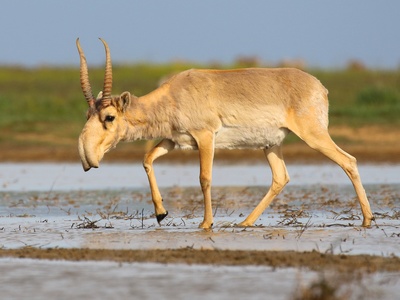
Saiga antelope
A bizarre, bulbous-nosed antelope of open plains and semi-desert. Populations crashed from hunting and disease; remaining Uzbek groups on Ustyurt are tiny. Conservation focuses on anti-poaching, disease monitoring and habitat protection.

Kulan (Asiatic wild ass)
A hardy wild ass reintroduced to parts of Uzbekistan after near-extirpation. Kulan roam desert plains; threats are poaching, competition with livestock and habitat fragmentation. Notable for large migrations where intact.

Bukhara deer
A riparian red-deer subspecies tied to tugai floodplain forests. Once widespread, now confined to fragmented riverine groves. Threats: river flow loss, habitat clearance and poaching. A conservation flagship for river ecosystems.
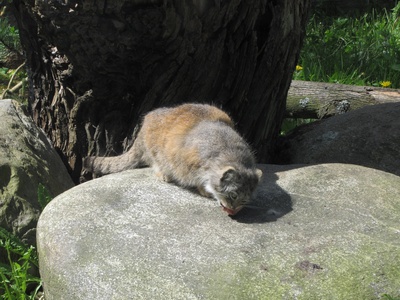
Pallas’s cat
A compact, flat-faced wild cat of cold deserts and rocky steppes. Low-density and secretive, it faces habitat loss and rodenticide poisoning. Notable for its plush fur and solitary nocturnal habits.
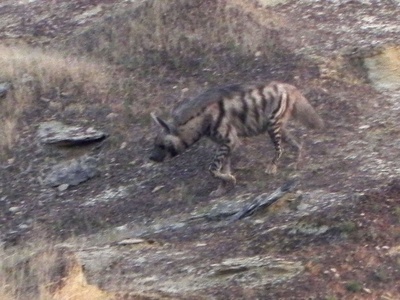
Striped hyena
A nocturnal scavenger that helps clean ecosystems. Rare in Uzbekistan, threatened by persecution, habitat loss and reduced carrion. Often overlooked but important for nutrient cycling and cultural folklore.
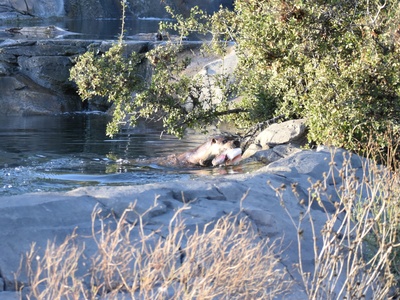
Eurasian otter
Secretive river mammal tied to healthy waterways. Otters declined from pollution, river regulation and wetland drainage. Their presence signals good freshwater habitat; conservation needs cleaner rivers and protected riverbanks.
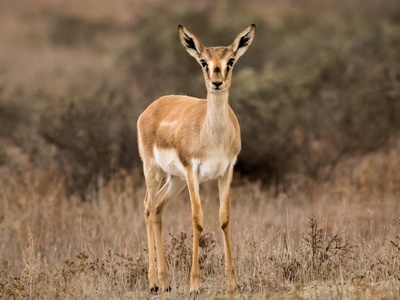
Goitered gazelle
A slender desert gazelle adapted to arid plains. Numbers fell from hunting and fence-building. Important grazer of steppe ecosystems; conservation emphasizes anti-poaching and habitat connectivity.

Argali (mountain sheep)
Large wild sheep of high mountains; hunted and squeezed by livestock competition. Present in remote alpine areas. Notable for impressive horns and role in mountain ecosystems; vulnerable to poaching.
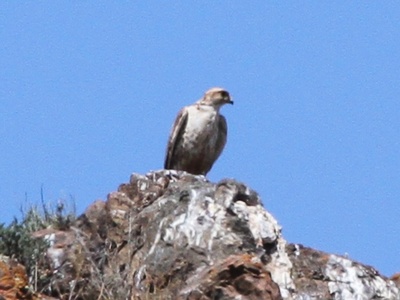
Saker falcon
A large falcon prized in falconry; populations crashed from trapping and nest disturbance. Uzbekistan is an important breeding and migration area. Conservation focuses on nest protection and regulating trade.
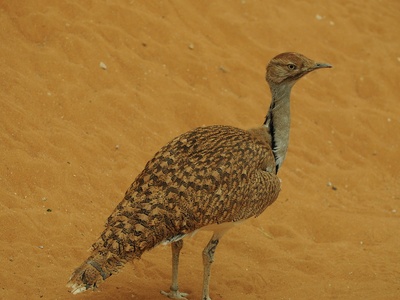
Houbara bustard
A ground-dwelling bustard of deserts and semi-deserts. Heavily hunted for falconry collection and disturbed by development. Populations decline; notable cultural importance and intensive conservation/translocation efforts.

White-headed duck
A small stiff-tailed diving duck tied to shallow freshwater wetlands. Threatened by habitat loss, hunting and hybridization with introduced species. Wetland protection is key for survival in Uzbekistan.
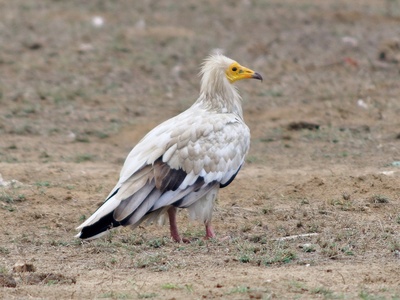
Egyptian vulture
A small, white vulture that scavenges in arid landscapes. Declining from poisoning, powerline collisions and reduced food. Migratory and often seen at cliffs and carcass sites; conservation needs anti-poison measures.
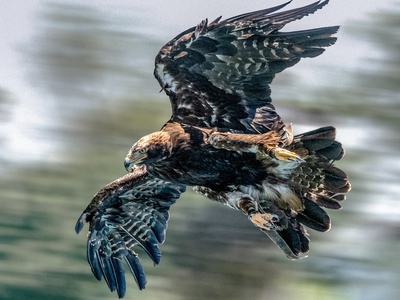
Imperial eagle
A large steppe eagle that nests in trees near open hunting grounds. Threatened by habitat loss, electrocution and human disturbance. Its conservation helps maintain healthy steppe and riparian habitats.
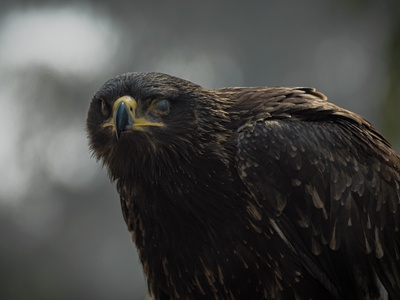
Steppe eagle
A migratory raptor of grasslands; dramatic declines due to poisoning, habitat change and energy infrastructure. Uzbekistan is an important migration corridor. Notable for mass movements and sensitivity to landscape change.
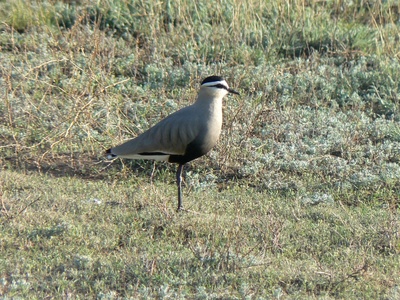
Sociable lapwing
A critically endangered shorebird of arid steppe breeding grounds. Suffered catastrophic declines from hunting and habitat conversion. Very rare and a high-priority species for Central Asian steppe conservation.
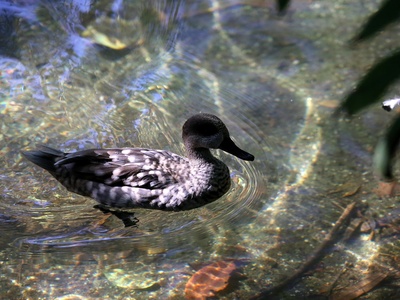
Marbled teal
A small, shy diving duck of wetlands. Threatened by wetland drainage, pollution and disturbance. Presence indicates healthy marsh habitat; conservation needs wetland restoration and protection.

Dalmatian pelican
A massive pelican that needs large, undisturbed wetlands for breeding and feeding. Vulnerable to disturbance and water-level changes; conservation hinges on healthy lake systems and protected roosts.
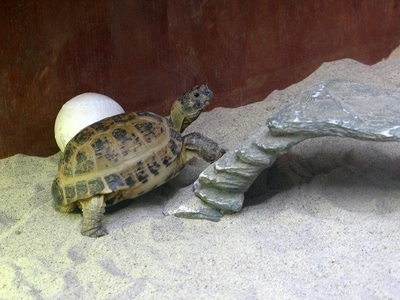
Russian tortoise
A small terrestrial tortoise adapted to arid landscapes. Over-collected for pet trade, habitat loss and grazing pressure have reduced numbers. Conservation emphasizes trade control and habitat safeguarding.
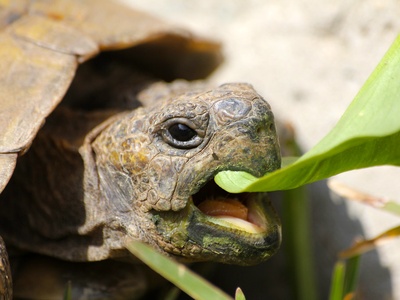
Spur‑thighed (Greek) tortoise
A medium-sized tortoise of dry scrub and woodland edges. Faces collection, habitat loss and fragmentation. Often long-lived and slow to recover; conservation includes legal protection and habitat management.
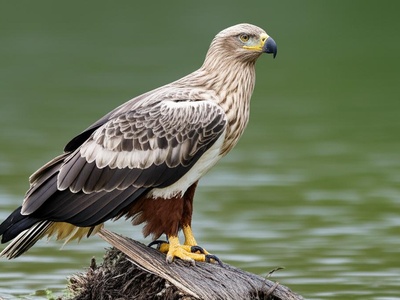
Pallas’s fish eagle (grey-headed)
A powerful riverine raptor that hunts fish and waterbirds. Very vulnerable to wetland degradation and disturbance; rare in Uzbekistan but of high conservation concern where present.

Whooper swan
A large migratory swan using wetlands in winter. Populations are sensitive to wetland loss and hunting along flyways. Their presence highlights the importance of intact wintering habitats and protected lakes.

Pallas’s grasshopper warbler
A secretive reed-dwelling passerine that uses Uzbek wetlands during migration. Threatened by reedbed loss and wetland degradation; good indicator of healthy riparian vegetation.

Black francolin
A ground-dwelling gamebird tied to dense riverine vegetation. Populations decline from habitat clearance, hunting and wetland loss. Notable as a colorful, secretive bird of tugai corridors in the south.
